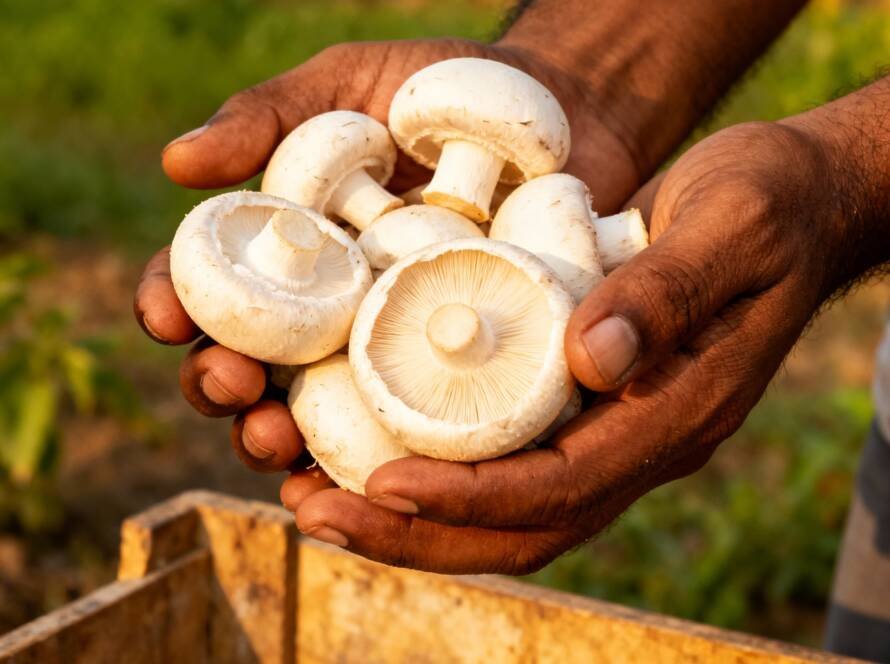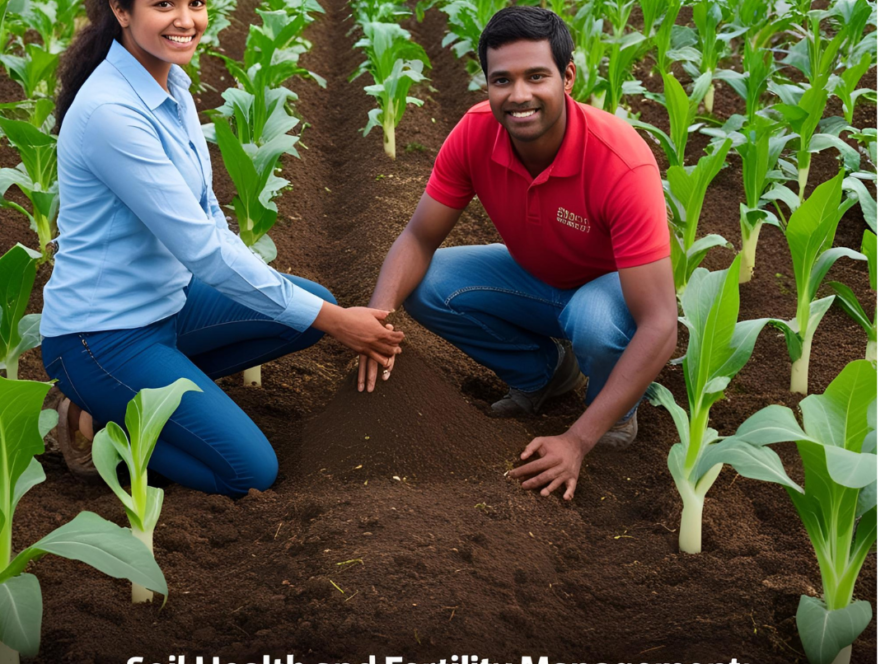Moringa (Moringa oleifera), also called the drumstick tree or miracle tree, is a highly nutritious and versatile crop. It has enormous potential in domestic and export markets due to its edible leaves, pods, flowers, seeds, and medicinal properties. Proper cultivation and utilization can help farmers maximize yield, reduce waste, and generate income from every part of the tree.
Why Moringa Farming is Profitable
- High Market Demand – Leaves, pods, and seeds are used in food, nutraceuticals, herbal supplements, and cosmetics.
- Fast-Growing Crop – Can start harvesting leaves within 6–8 months and pods within 12 months.
- Multiple Uses – Leaves for vegetables and powders, pods for culinary use, seeds for oil extraction.
- Value Addition – Leaves can be dried into moringa powder; seeds can produce oil for cooking or cosmetics.
Step 1: Site Selection and Soil Preparation
- Ideal soil: well-drained sandy loam or loamy soil, pH 6.3–7.0.
- Ensure full sun exposure for best growth and pod production.
- Mix in organic compost or farmyard manure to enrich soil before planting.
- Prepare raised beds or ridges in areas prone to waterlogging.
Step 2: Choosing the Right Variety
- PKM 1 – High-yield, good leaf and pod quality.
- PKM 2 – Suitable for leaf and pod production, disease-resistant.
- Native Varieties – Adapted to local climate, ideal for small-scale farming.
Step 3: Propagation and Planting
- Propagate through seeds or stem cuttings.
- Seeds should be sown directly or in nursery beds, 1–2 cm deep.
- Spacing: 2–3 meters between plants for optimal sunlight and airflow.
- Support young plants if necessary until stems are strong.
Step 4: Irrigation and Fertilization
- Drip irrigation is ideal to conserve water and support healthy root growth.
- Fertilize with NPK-based fertilizers and organic manure to improve leaf and pod production.
- Mulch around base to retain moisture and reduce weed growth.
Step 5: Pruning and Crop Management
- Regular pruning encourages bushy growth and higher leaf yield.
- Remove dead or diseased branches to prevent pest and disease spread.
- Thin crowded branches for better sunlight penetration and airflow.
Step 6: Pest and Disease Management
- Common pests: aphids, caterpillars, and whiteflies.
- Diseases: root rot and powdery mildew.
- Use organic pest control and neem-based sprays for sustainable farming.
Step 7: Harvesting and Post-Harvest Handling
- Leaves – Harvest 3–4 times a year, can be sold fresh or dried into powder.
- Pods (Drumsticks) – Harvest at 8–12 inches long for culinary use.
- Seeds – Extract oil for cooking, cosmetics, or herbal medicine.
- Dry leaves and pods carefully to maintain nutritional value and shelf life.
Step 8: Maximizing Profit from Every Part of Moringa
- Leaves – Fresh market sales, dried powder, or as animal feed.
- Pods – Culinary use in curries, pickles, or processed products.
- Seeds – Oil extraction, water purification, and herbal medicine.
- Flowers – Edible, used in salads or herbal teas.
- Stems and Branches – Compost, biofuel, or fodder.
By utilizing every part of the Moringa tree, farmers can increase profitability and reduce waste while tapping into multiple high-value markets.
Krikso India Support for Moringa Farming
- Certified Seeds and Cuttings – High-yield, disease-free varieties for leaf, pod, and seed production.
- Fertilizers and Soil Enhancers – Optimized for leaf and pod growth.
- Drip Irrigation Systems – Efficient water use for healthy, productive plants.
- Technical Advisory Services – Guidance on pruning, pest management, harvesting, and post-harvest processing.
- Market Linkages and Buy-Back Programs – Guaranteed procurement for fresh leaves, pods, seeds, and value-added products.
With Krikso India’s integrated support, Moringa farming becomes a sustainable and highly profitable venture, suitable for small farmers, agri-entrepreneurs, and contract farming models.



